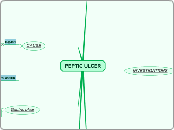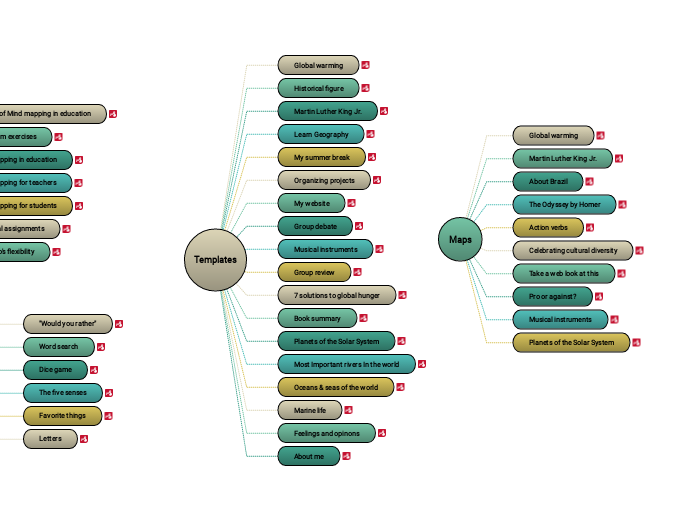Neurofibromatosis
Treatment
Surgical Operations
This options is recommended fro some people with peripheral nerve tumors. employing the latest like microsurgery, guided surgery and radiosurgery.
non-operational treatment
Non-operative treatments offer things such as observation, periodic imaging, and pain management at speciality clinics.
Signs and Symptoms of Schwannomatosis
loss of muscle functions
Numbness, tingling, or weakness in the finger and toes
chronic pain anywhere on the body
Schwannomatosis
Schwannomatosis (SWN) is the rarest form of these 3 conditions and is genetically and clinically distinct from NF1 and NF2 in many cases. The genetic cause of SWN in some people is unknown
(NF2) Treatments
At specialty Clinic
Initial screening and annual follow ups evaluations. improved diagnostic technologies, such as magnetic resonance imaging(MRI), can reveal tumors of the vestibular nerve as small as a few millimeters in diameter.
Signs and Symptoms for NF2
Peripheral Neuropathy
Problems with the nerve functions. Numbness and weakness on both sides.
Schwannoma of non-vestibular nerves
A parent, child or sibling with NF2 before the age of 30
Meningioma
Second most common tumor type in people with NF2 meningiomas form in the tissue covering that surrounds the brain and spinal cord. People with NF2 have a higher rate of meningiomas than the general public and can develop multiple within the skull, and along the spinal cord.
Ependymoma
Tumors occur more NF2. They arise within the spinal cord opposed to on the surface and are benign. These tumors produce no symptoms and don't show.
Ringing in the Ears
Disturbances of balance
Seizures
Tumors
Retinal Abnormalities
Hearing loss
Neurofibromatosis Type 2
NF2 is less common the NF1 approximately 50% of infected people inherit the abnormal gene. Sometimes it is spontaneous genetic mutation.
Current Research
There are several potential drugs being developed and treated for neurofibromatosis , new therapies made available for clinical trials. they have requirements for each phases of entering a clinical trial.
History
Von Recklinghausen's neurofibromatosis has a rich history, dating back to the thirteenth century. In 1768, Akenside published a science-based description of NF1 and the some people who had it. The neuromas of NF1 were detailed by smith in 1849, but Frederick von Recklinghausen is credited with its discovery and claimed the name of the disorder 1882. the research on this disorder grew between due to the diagnosis of the Elephant man, Joseph Merrick.
Community Sources
Department of defense Neurofibromatosis research program
The CDMRP started up in 1992 with a congressional appropriation to start and approach to biomedical research in response to the need of the public.some things include investing in ground breaking research , involving advocates throughout the program cycle.
Neurofibromatosis Network
is the national leader in the promotion of federally-funded research. bringing voices of the community directly to congress to find funds. They offer clinical care options for the care of NF1 patients. They provide education courses for children and adults to help further education on the disorder. they produce the a newsletter that gets distributed every year. holding annual meetings offering opportunities to all attendees. Since 1996 the NF Network Advocacy Program has worked to secure over 300million dollars for the research program.
Children's Tumor Foundation
They are very passionate and focused on expanding their knowledge on neurofibromatosis. be able to take their care to the next level. They focus on family matters and building put trust. There national office is based in New York.
(NF1) Treatments
Controlling and Relieving Treatments
Medications for headaches, Pain, and seizures. Treatment for children who have NF1 because they commonly have learning disabilities.
Chemotherapy
Treating the optic pathway or brain gliomas, also chemotherapy is used for treating most malignant tumors.
Surgery
This may used to remote tumors that develop symptoms or are concerned cancer as well as tumors that causes significant disfigurement. Some bones malformations; scoliosis can be corrected surgically.
(NF1) Signs and Symptoms
Scoliosis
Other tumor
There is an increased risk of Gastrointestinal stromal tumors (GIST) and Neuroendocrine Tumors, Pheochromocytoma.
Other Malignancies
Women with NF1 have a higher risk of breast cancer .
Malignant Glioma
Tumor may become cancerous
Other Neurological Problems
common in all people, headaches, pain, and seizures happen more in people with NF1
Behavioral Problems
Attention deficit hyperactive disorder (ADHD) and challenged with social skills.
Poor visuospatial skills
Cardiovascular Complications
Short stature and larger than normal head circumference
Children with NF1 are visually shorter then average and have larger heads.
A parent, sibling or child with NF1
Bone Deformities
A tumor of the optic pathway
Two or more growths on the iris of the eye. Commonly called Lisch Nodules or Iris Hamartomas
Freckling in the armpits or the groin
Two or more soft, pea-sized bumps involving the skin(cutaneous neurofibromas) larger ones with multiple nerves(plexiform neurofibroma)
Plexiform Neurofibroma
Plexiform neurofibroma is an uncommon variant of neurofibroma, a benign tumor of peripheral nerves
Cutaneous Neurofibromas
Neurofibromas are defined as histologically benign (WHO grade I) tumors composed of multiple cell types including Schwann cells, fibroblasts, immune cells (such as mast cells and macrophages), and other elements of nerve
Six or more flat, light brown spots on the skin
Neurofibromatosis Type 1
Neurofibromatosis is the most common out of the three
Many people inherit the gene that causes the conditions
Between 30-50 % of cases arise spontaneous genetic mutation.
Once the abnormal gene is gained from the mutation if can be passed down
Each child of an affect parent has a 50% chance of inheriting the abnormal gene.









